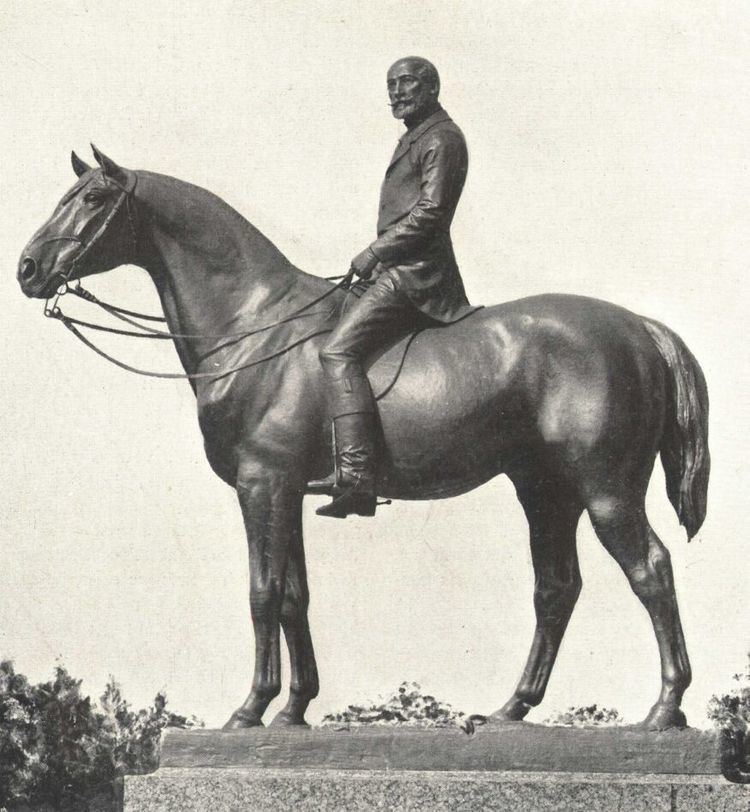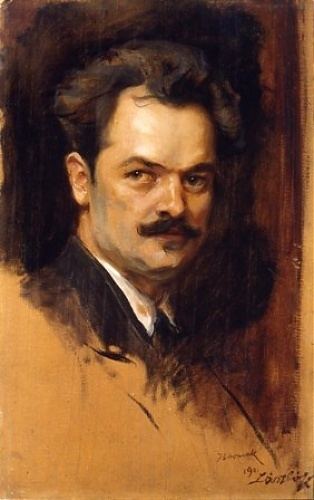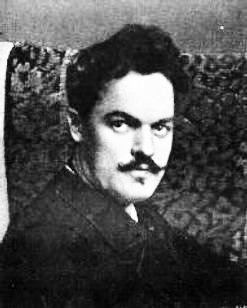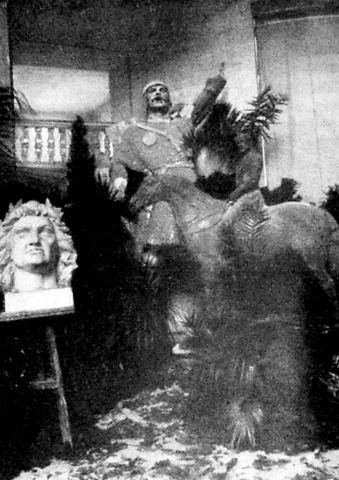Citizenship Hungary Religion Roman Catholic | Name Janos Fadrusz | |
 | ||
Born 2 September 1858 ( 1858-09-02 ) Died 26 October 1903(1903-10-26) (aged 45)Budapest, Kingdom of Hungary, Austro-Hungarian Empire(now Hungary) | ||
János Fadrusz (2 September 1858, Pressburg - 26 October 1903, Budapest) was a Hungarian sculptor. He was a celebrated artist of the age with many important public commissions.
Contents

Early life
Born in Pressburg, Hungary (Hungarian: Pozsony) (today Bratislava, Slovakia), Fadrusz came from a peasant family and went to school in Pressburg where he did four years of primary school and two years of secondary school before an apprenticeship as a locksmith. On completing the apprenticeship he won a gold medal for a portal design and his carved works were instantly met with recognition. He enrolled at the school of wood-carving in Uhrovec.
Sculptural work

During military service in Prague between 1879 and 1883 he met Josef Václav Myslbek, a famous Czech sculptor and his influence played a role in his change of direction into china painting and sculpture. "Ahusversus' Head", a plaster cast, was met with praise and brought him patrons. As the winner of a scholarship, he worked under Viktor Tilgner, a neo-baroque sculptor, in Vienna from 1886 onwards, then became the pupil of Edmund Hellmer at the Vienna Academy. Fadrusz also fashioned a list of portraits (Cézar Scomparini in 1886, Károly Naszidler in 1889, and Mrs. Tivadar Ortvay in 1888).

His "Crucifix", which he sculpted in Vienna in 1892, made him famous throughout Hungary.

Late in 1892, Fadrusz received a commission to produce the equestrian statue of "Maria Theresa" in Pressburg, which he worked on between 1892 and 1896, but which was later completely destroyed in 1921 by slovak nationalists. In 1894 he was awarded the first prize for his plan of "King Matthias", another equestrian statue, which was unveiled in Kolozsvár (Cluj-Napoca) in 1902. He completed two allegorical statues for the Hungarian Palace of Justice in 1893 (which are now in the possession of the Hungarian Ethnographic Museum).

His major works in the twentieth century modeled shortly before his death include the Equestrian Statue of Béla Wenckheim (Kisbér, 1901), Statue of Wesselényi (Zilah, 1901), Tuhutum Memorial (Zilah, 1902), and Statue of Lajos Tisza (Szeged, 1903).

Fadrusz also modeled two "Atlas Figures" in 1897 and two lions for the grand gates of Buda Castle between 1901 and 1902.
Fadrusz died in 1903.


